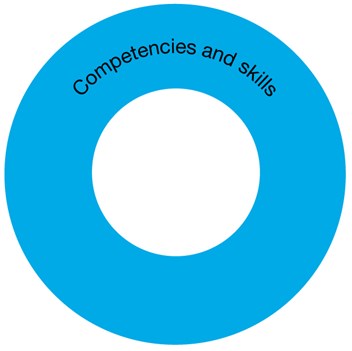Explore content
Typically, by the end of Year 4, students:
Navigate, read and view learning area texts
navigate, read and view different types of texts with illustrations and more detailed graphics
Listen and respond to learning area texts
listen to spoken instructions with some detail for undertaking learning area tasks, listen to identify key information in spoken and multi- modal texts and respond to texts read aloud
Interpret and analyse learning area texts
interpret literal information and make inferences to expand topic knowledge using comprehension strategies
Compose spoken, written, visual and multimodal learning area texts
compose and edit a range of learning area texts
Use language to interact with others
use pair, group and class discussions about learning area topics as learning tools to explore and represent ideas and relationships, test possibilities and to prepare for creating texts
Deliver presentations
plan, rehearse and deliver presentations on learning area topics, incorporating some learned content and appropriate visual and multimodal elements
Use knowledge of text structures
use growing knowledge of the structure and features of learning area texts to comprehend and compose an increasing number and range of texts
Express opinion and point of view
differentiate between the language of opinion and feeling and the language of factual reporting or recording
Understand learning area vocabulary
use growing subject- specific vocabulary to read, discuss and write about learning area topics
Understand how visual elements create meaning
identify the effects of choices in the construction of images, including framing and composition



